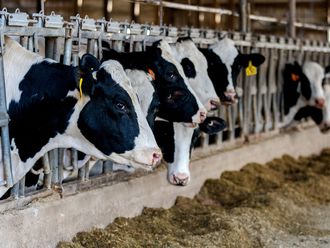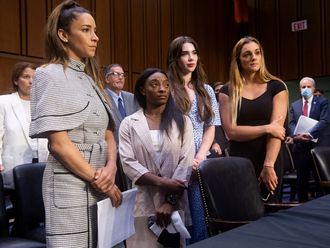RIO DE JANEIRO
The water quality at the city beaches even violate Rio state’s own standards, which are much less stringent than those in California, many other US states and beach-loving countries such as Australia and New Zealand. In Rio, beaches are considered unfit if bacterial tests turn up more than 2,500 fecal coliforms per 100 millilitres — more than six times higher than the upper limit in California. But Copacabana and Ipanema even violated those much higher limits on three separate occasions.The state environmental agency, INEA, did not respond to repeated requests for comment.
Rik Rasmussen, manager of surface water quality standards at California’s State Water Board, acknowledged that the higher thresholds might make sense in Rio, where sewage pollution has been a perennial problem, meaning that locals are regularly exposed to the pathogens lurking in raw waste from an early age and therefore build up immunities. But visitors are unlikely to have such immunities, putting them at risk for illnesses.
After the initial report on the findings of the study in July of last year, the Olympics’ adviser on health matters, the World Health Organisation, said it would carry out its own viral testing in Rio’s Olympic waterways. The agency later flip-flopped, finally concluding that bacterial tests alone would suffice.
Athletes who have trained years for a chance at Olympic glory have resigned themselves to competing in the filth.
“There’s been a lot of talk about how dirty the water is and all the viruses,” said Finnish team sailor Noora Ruskola. “I’m mentally prepared for this. Some days the water is totally OK, and some days there are bad days.”
However, tourists are unlikely to realise the dangers: Water quality warning signs used to dot showcase beaches, but they’re no longer there. Now, a brief item on the weather page of the local paper lists which beaches the state environmental agency has deemed safe for swimming.
Most beach-going visitors are likely in the same situation as Raul Onetto, a 52-year-old bank executive from Uruguay recently soaking up the sun on Copacabana Beach.
When asked whether he knew that the bacterial levels sometimes exceeded the norms in other countries and could indicate problems, he expressed disbelief.
“The water looks beautiful. I didn’t know it was dirty,” said Onetto. “If it’s dirty, the public should know it. I came 2,000 kilometres to be on a beach.”
In Rio, the main tourist gateway to the country, a centuries-long sewage problem that was part of Brazil’s colonial legacy has spiked in recent decades in tandem with the rural exodus that saw the metropolitan area nearly double in size since 1970.
Even in the city’s wealthy areas, sewage treatment has lagged dramatically behind, with so-called “black tongues” of fetid, sewage-filled water common even on the tony Ipanema and Leblon Beaches. The lagoons in the fast-growing Barra da Tijuca region have been filled with so much sewage dumped by nearby glass-and-steel residential towers that vast islands of sludge emerge from the filthy waters during low tide. That lagoon system, which hugs the Olympic Park and Athletes’ Village, regularly sees massive pollution-related fish die-offs and emits an eye-watering sulfuric stench.
Promises to clean up Rio’s waterways stretch back decades, with a succession of governors setting firm dates for a cleanup and repeatedly pushing them back. In the city’s 2009 Olympic bid document, authorities pledged the games would “regenerate Rio’s magnificent waterways.” A promised billion-dollar investment in cleanup programmes was meant to be among the games’ most important legacies.
Once more, the lofty promises have ended in failure.












